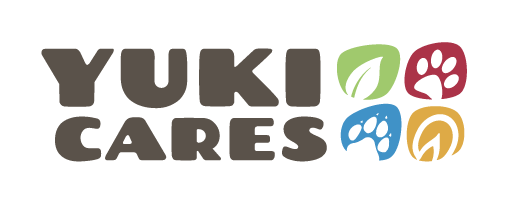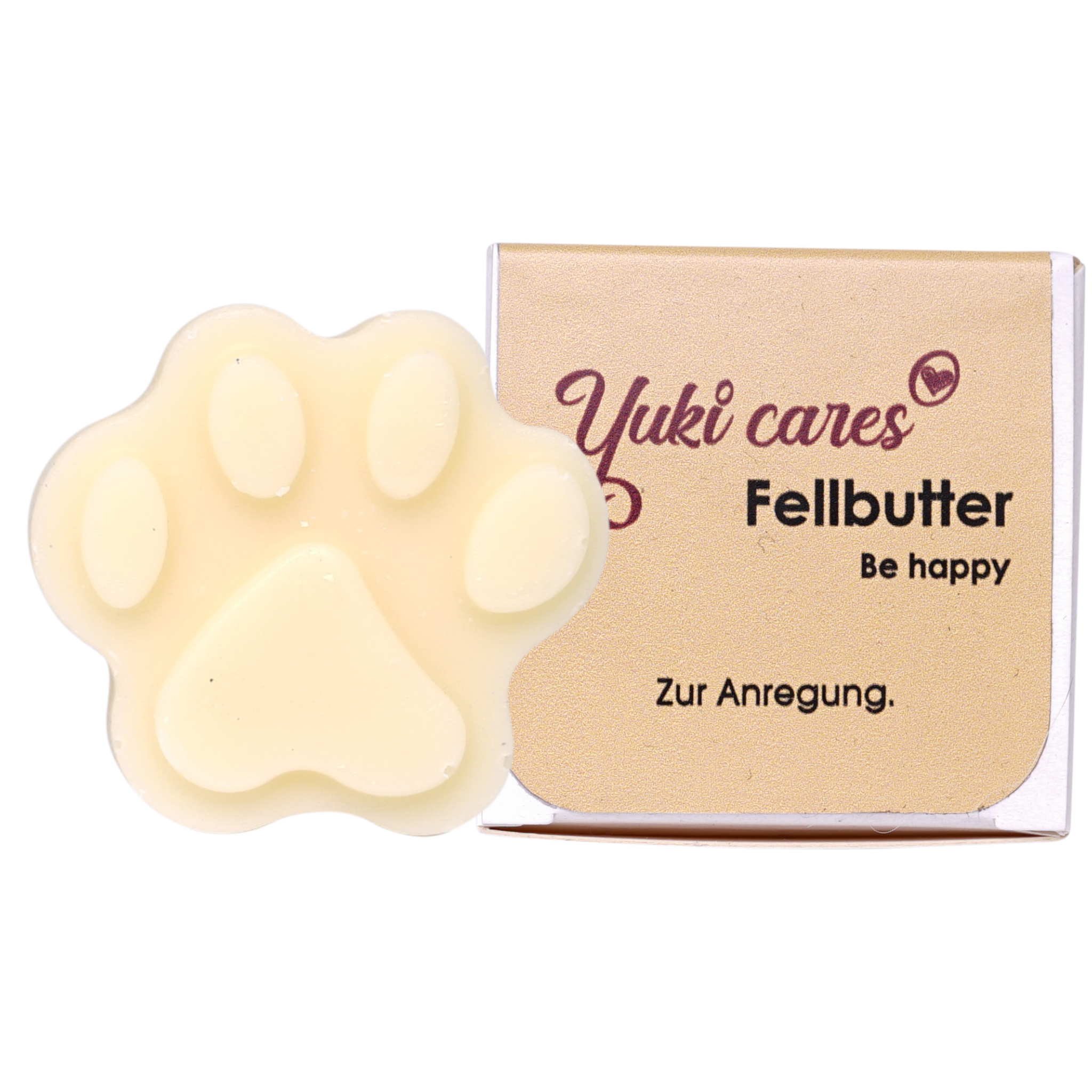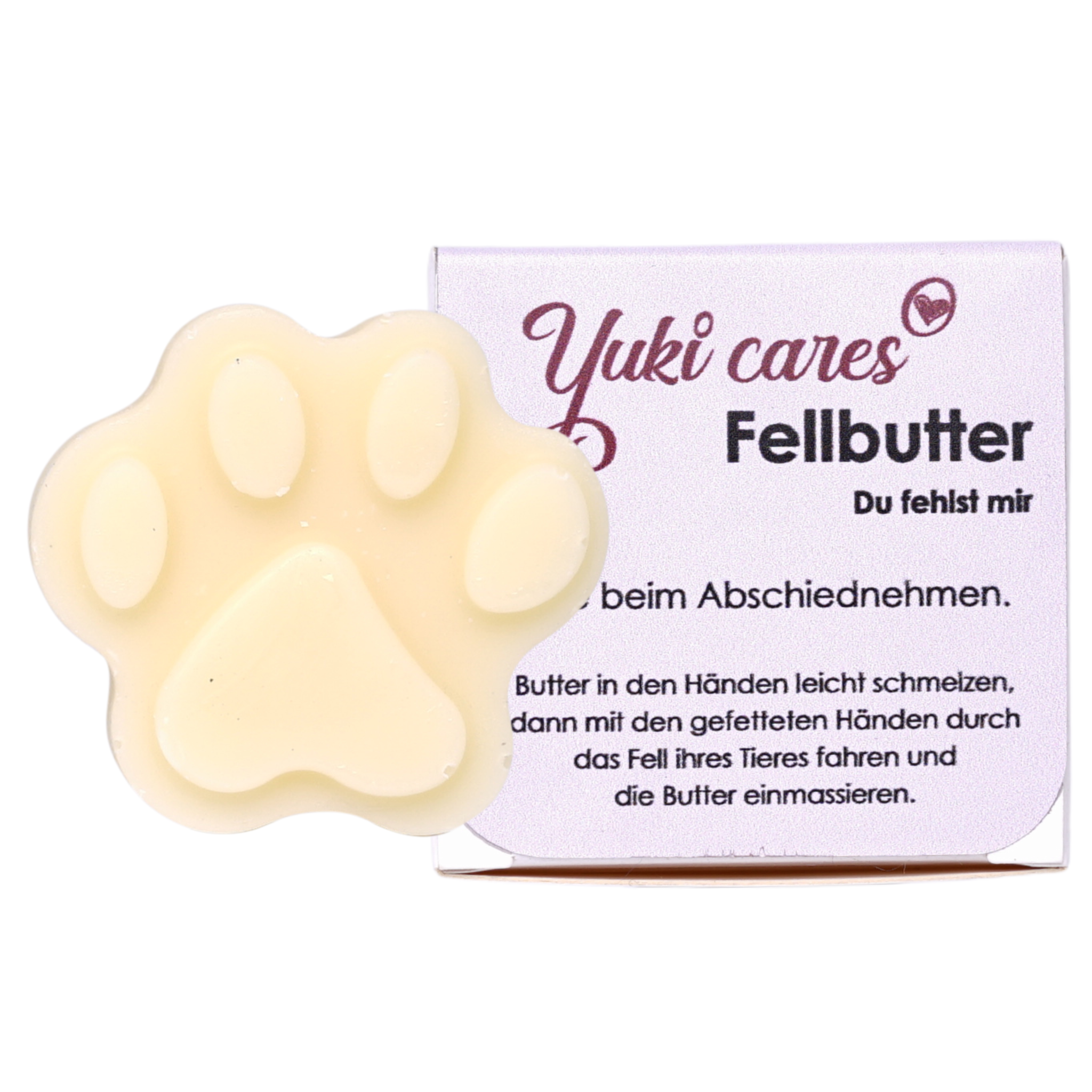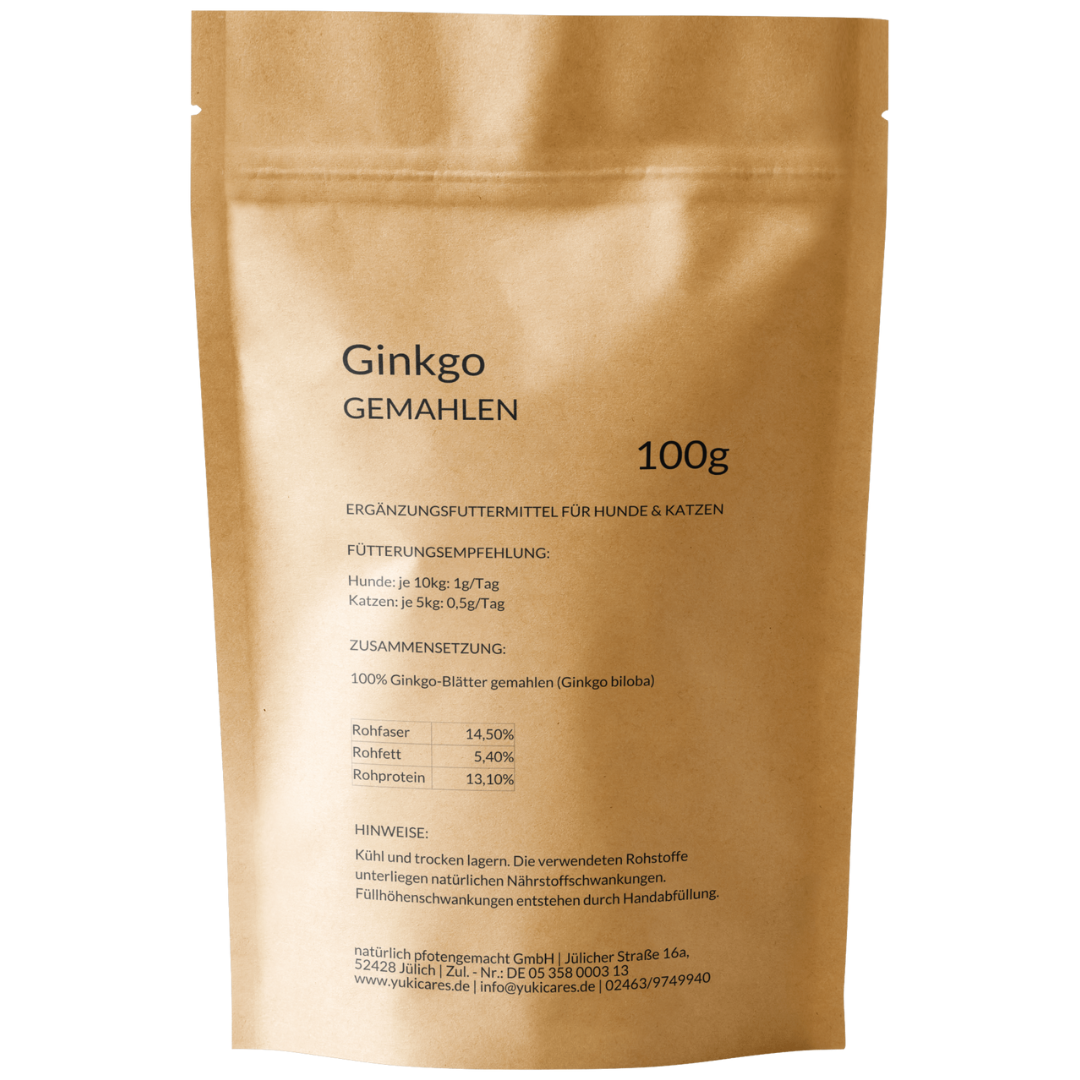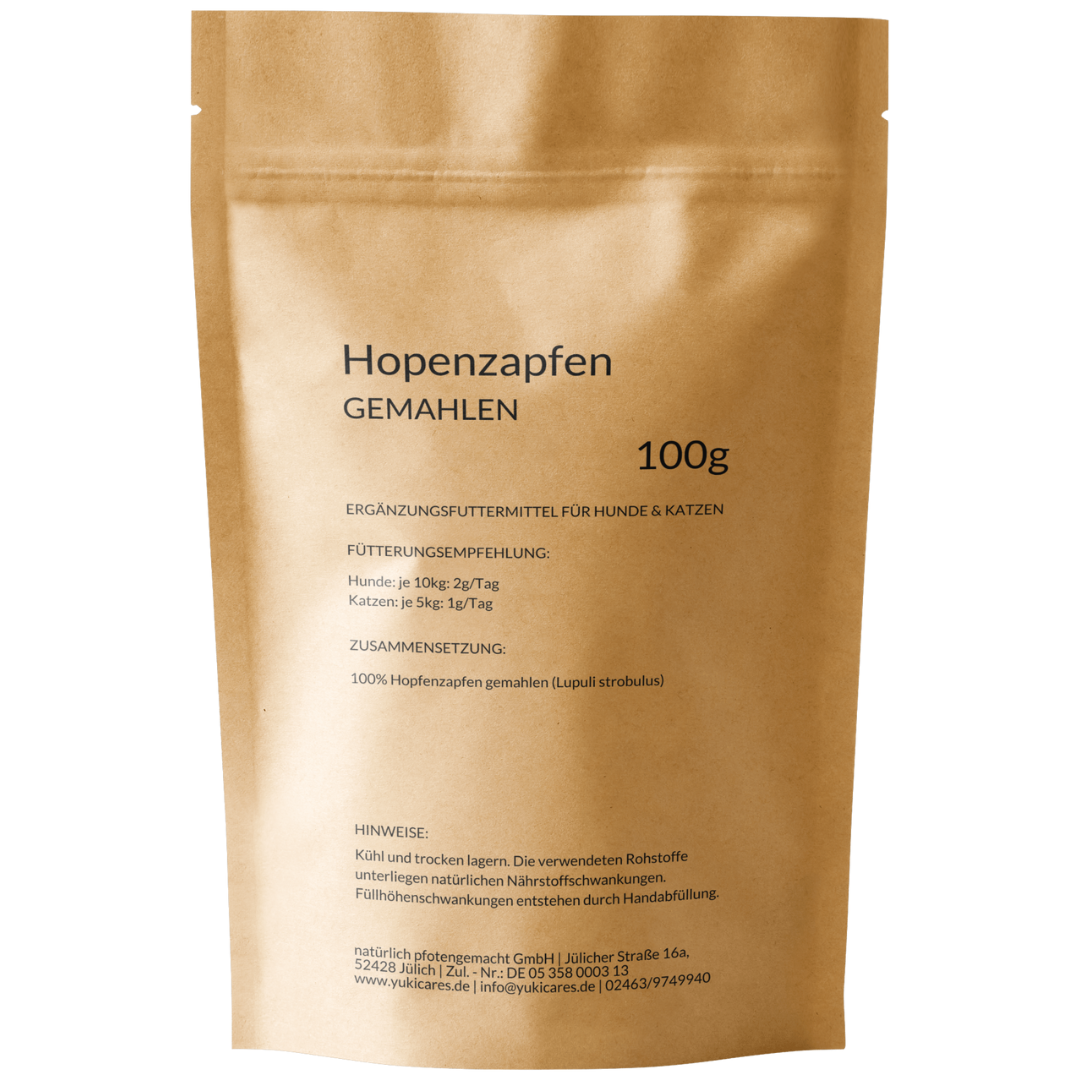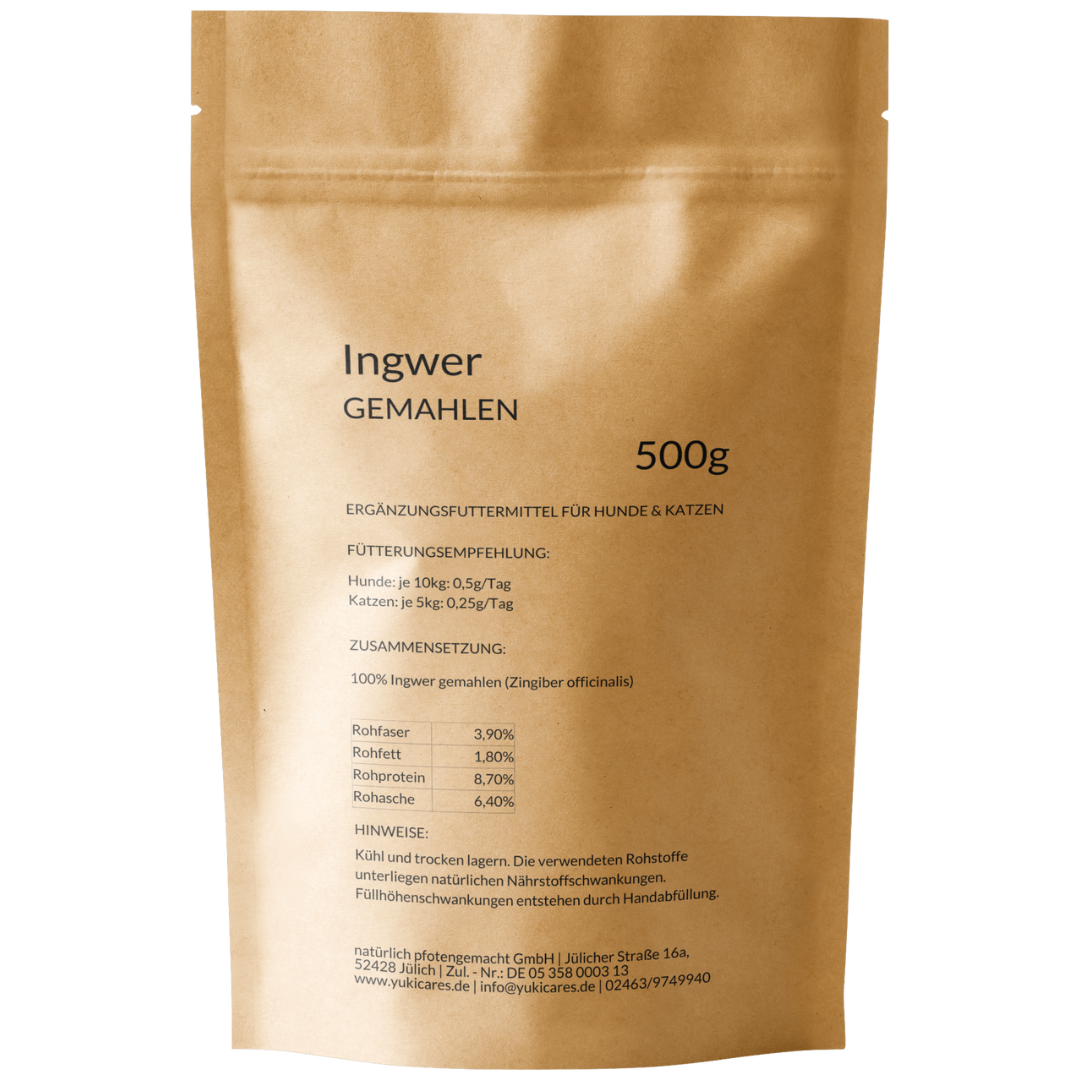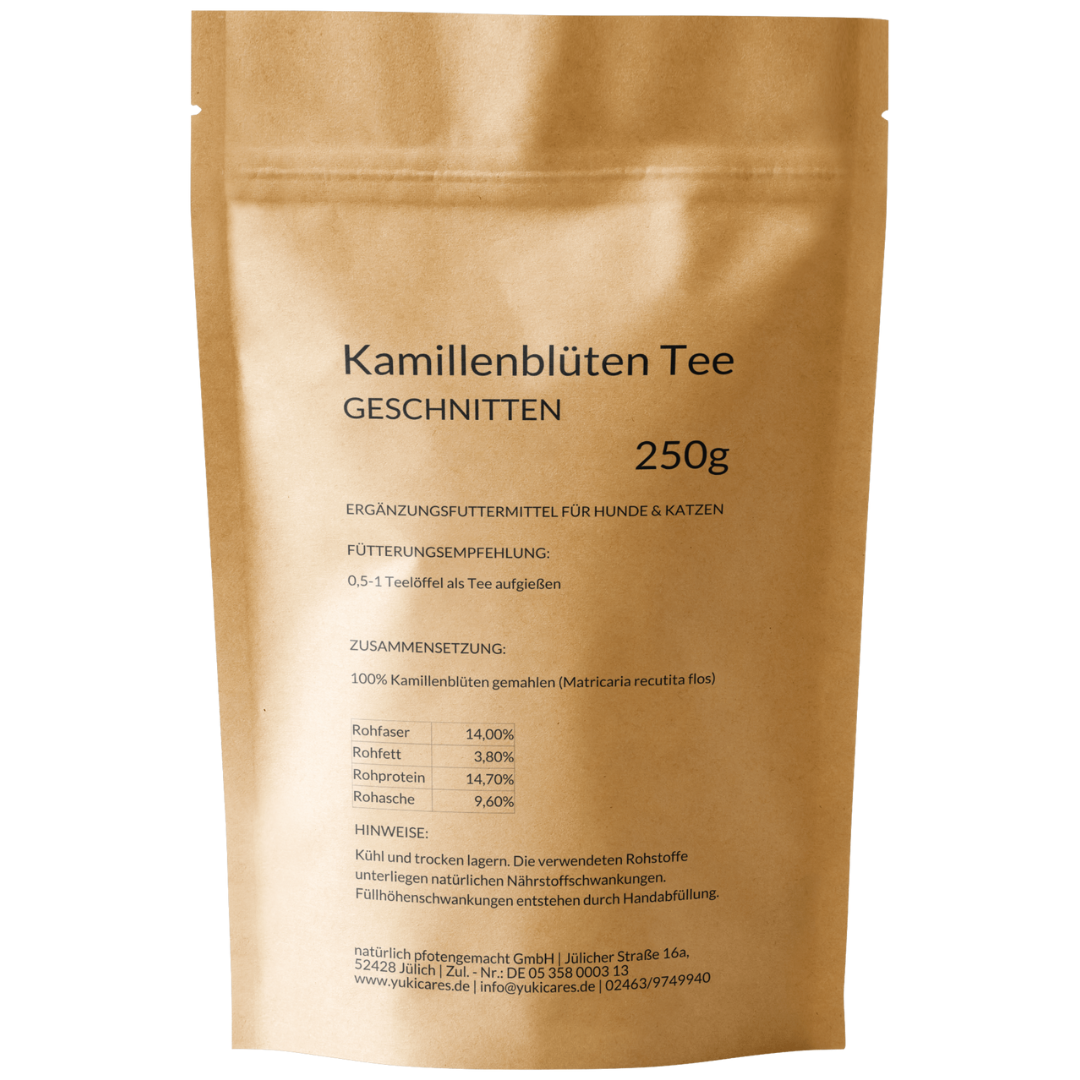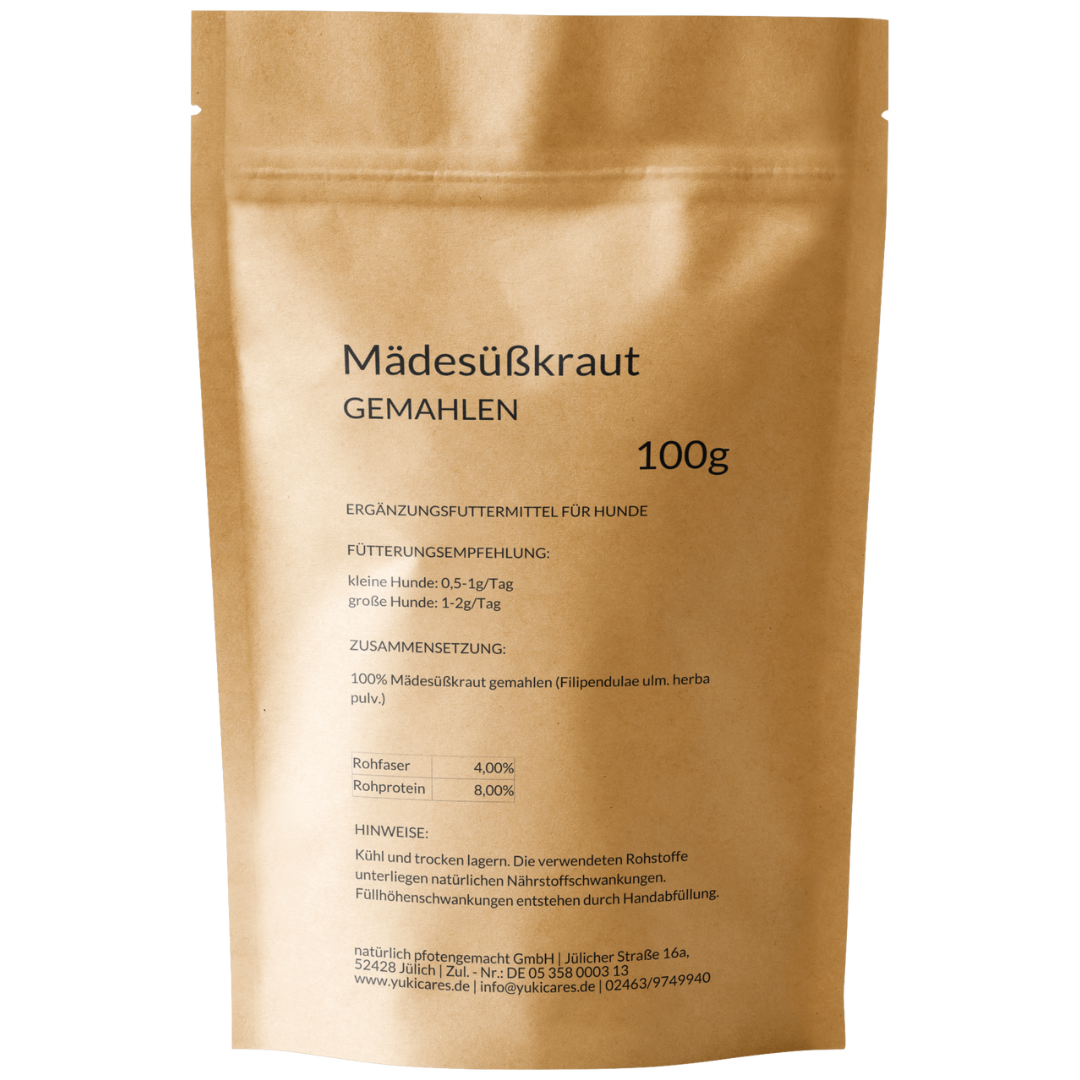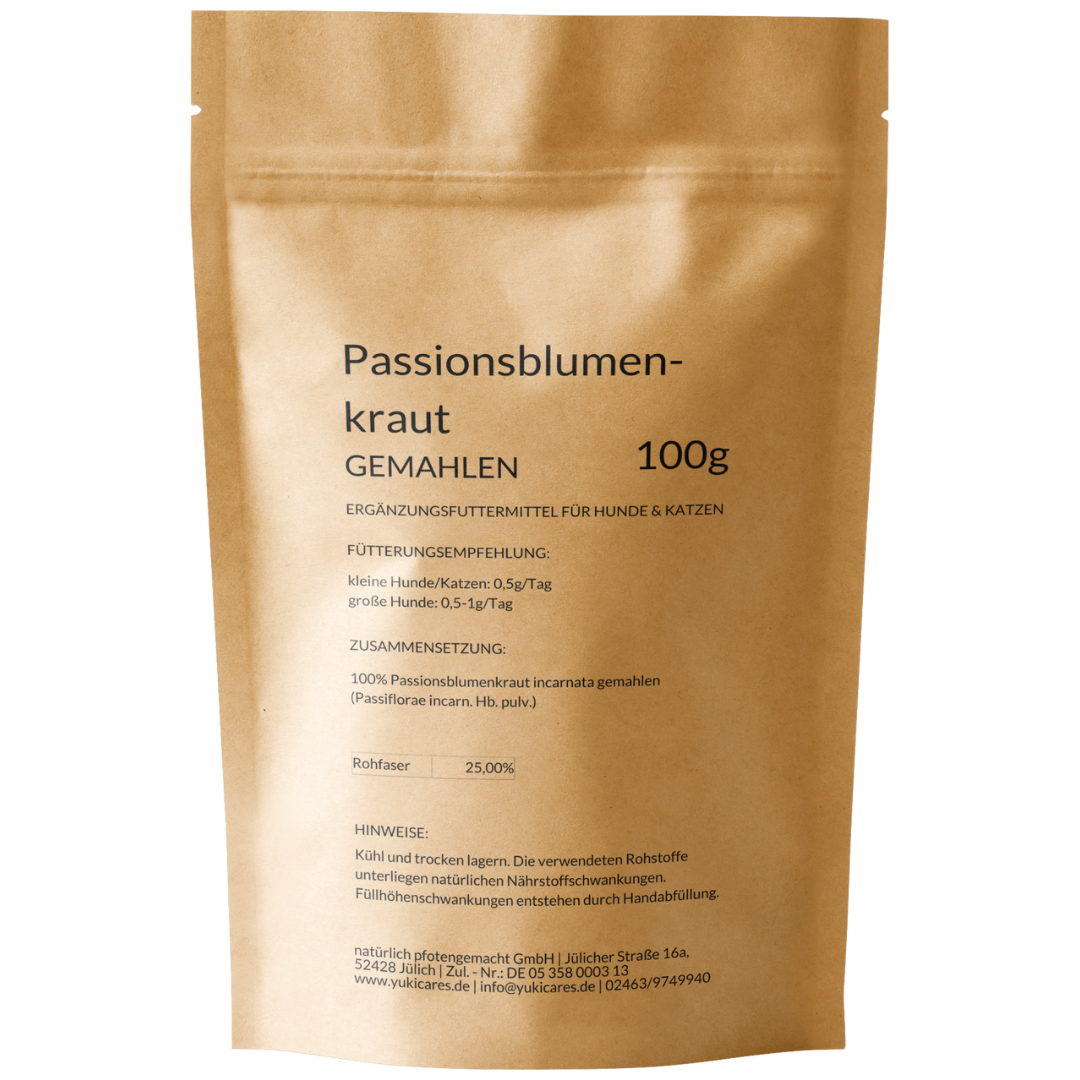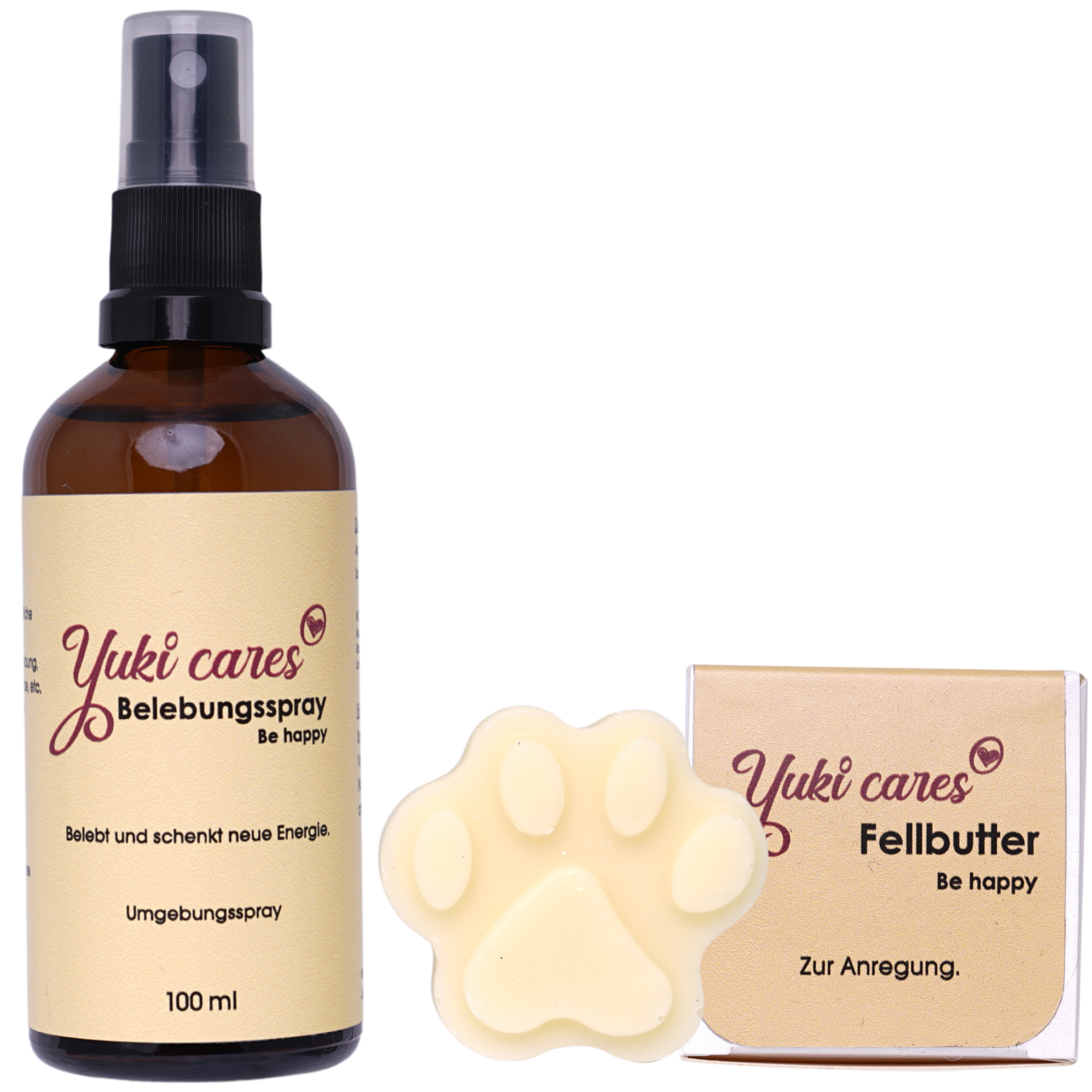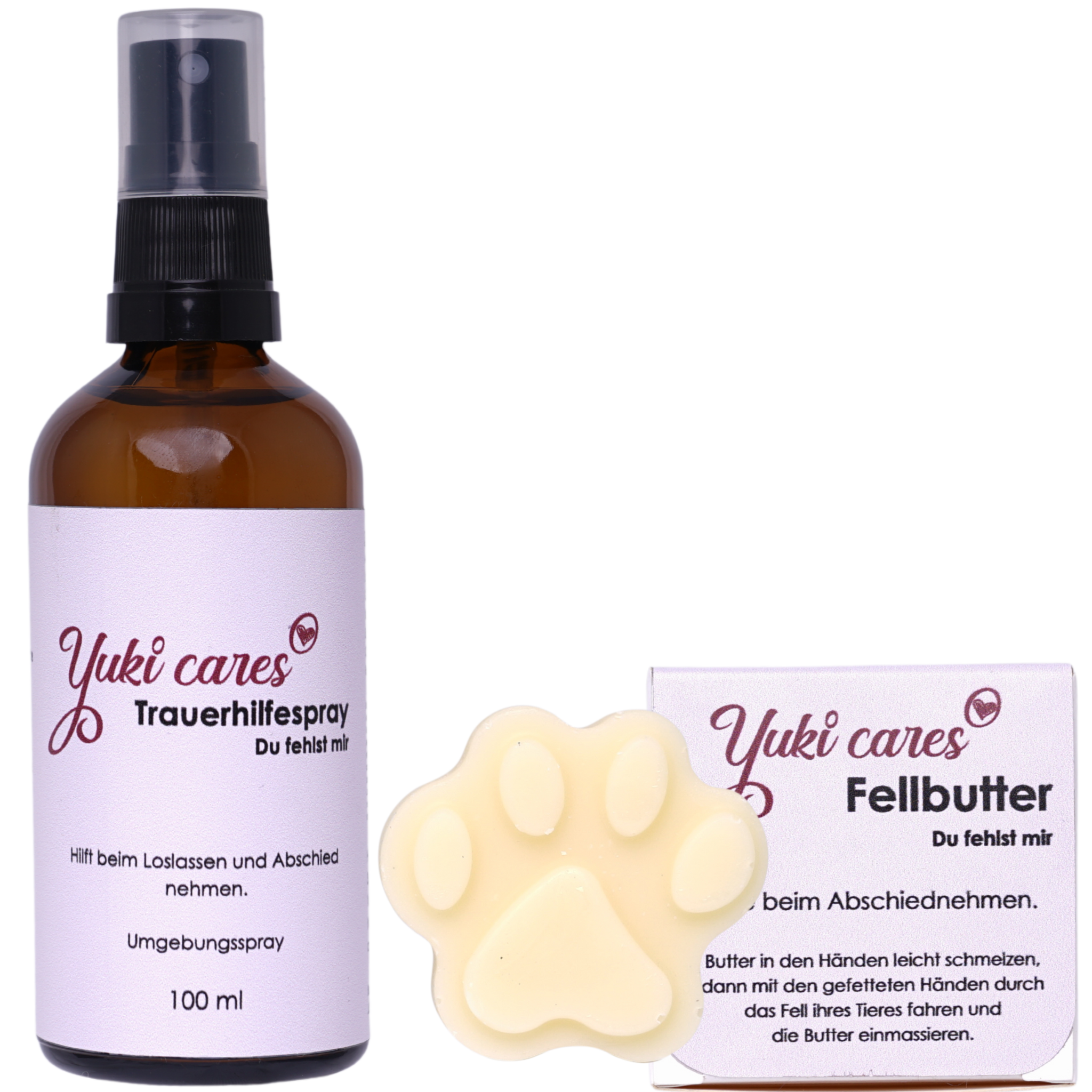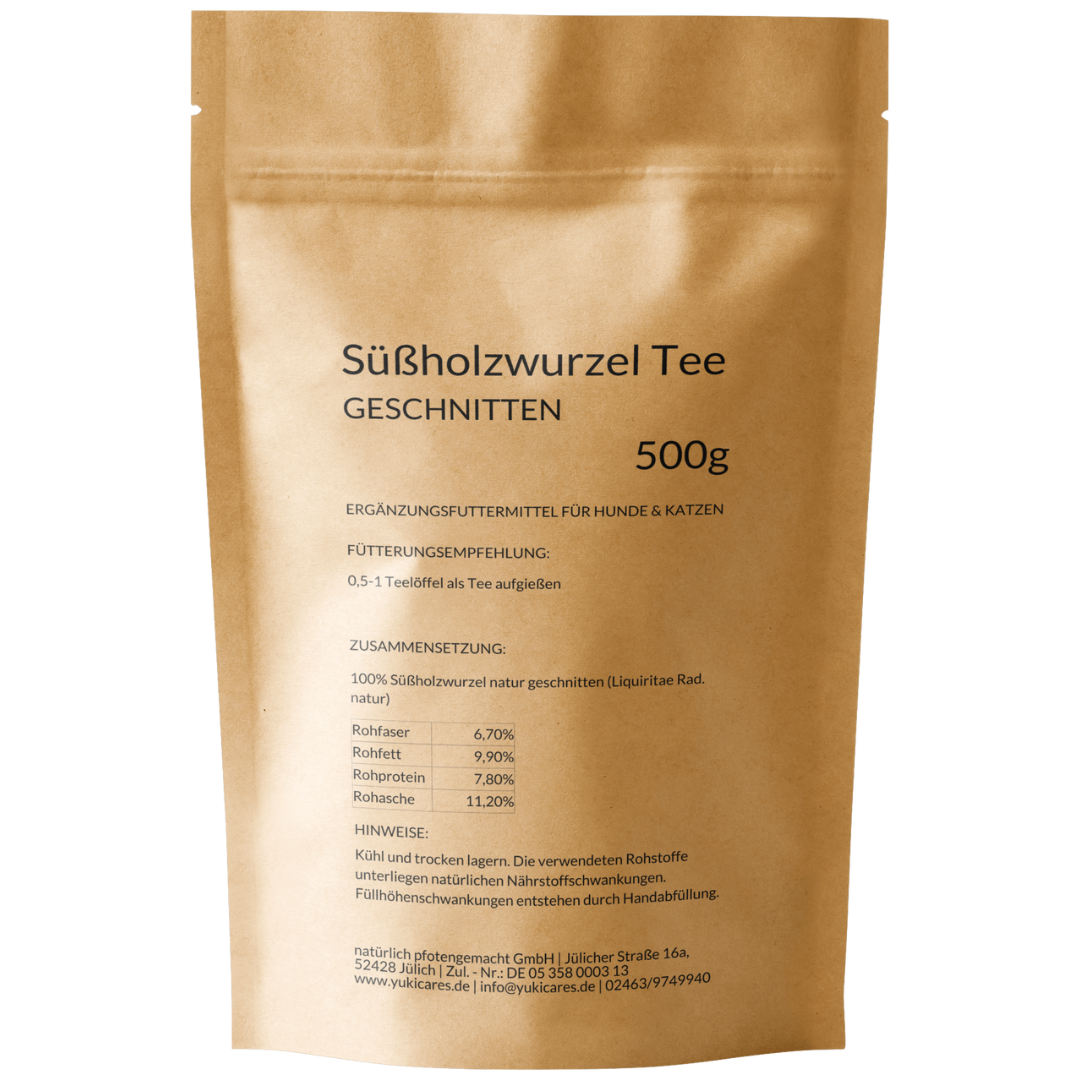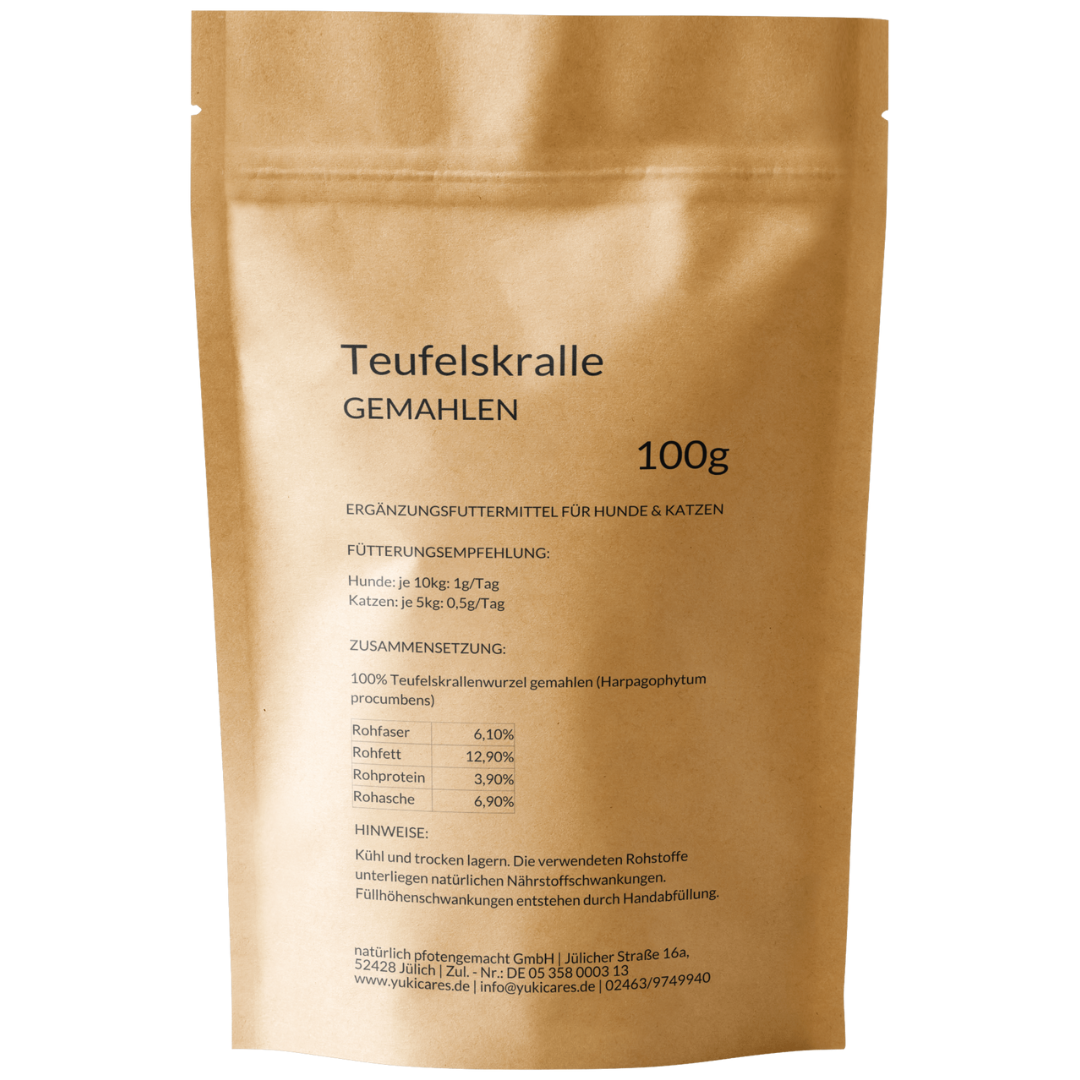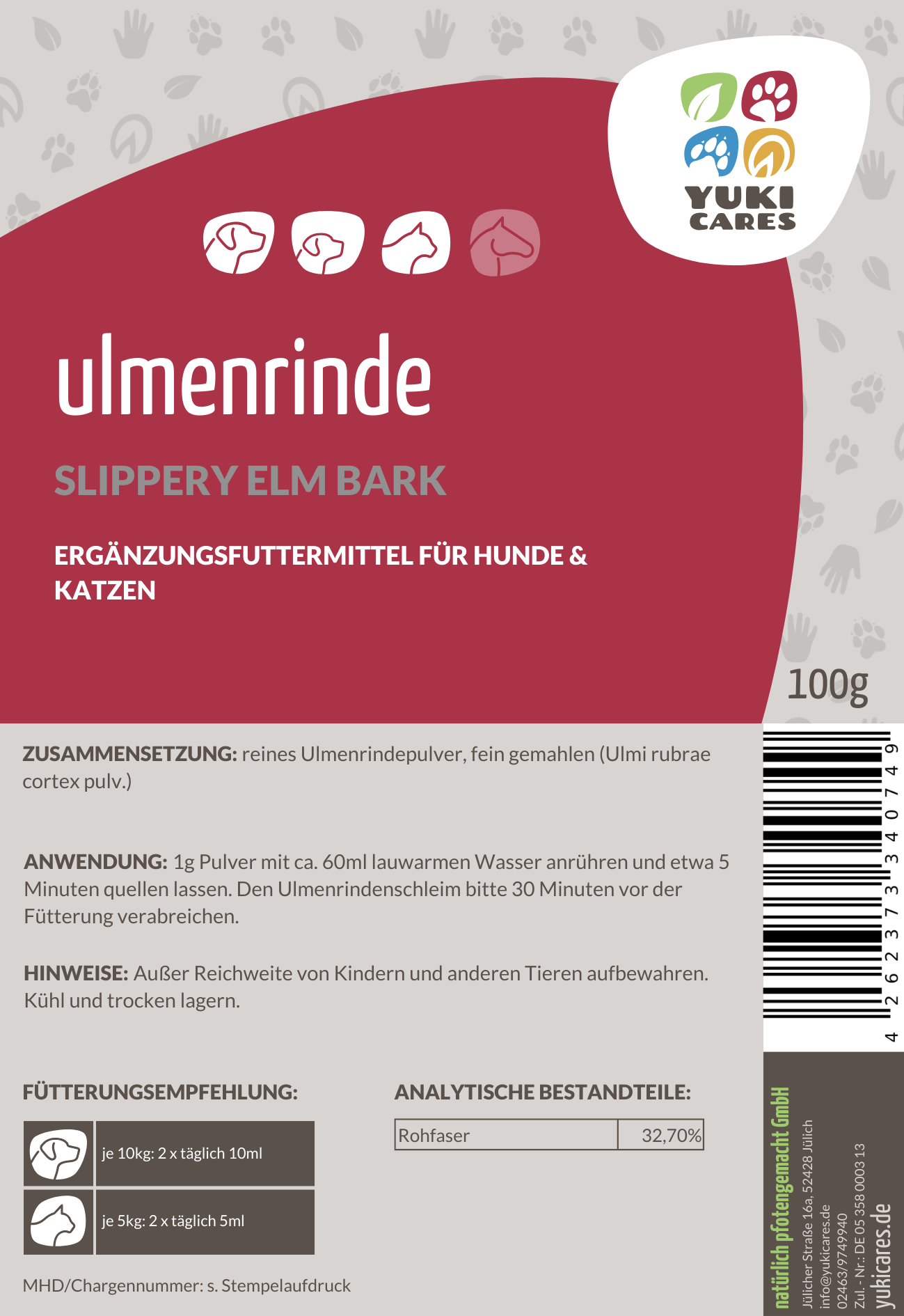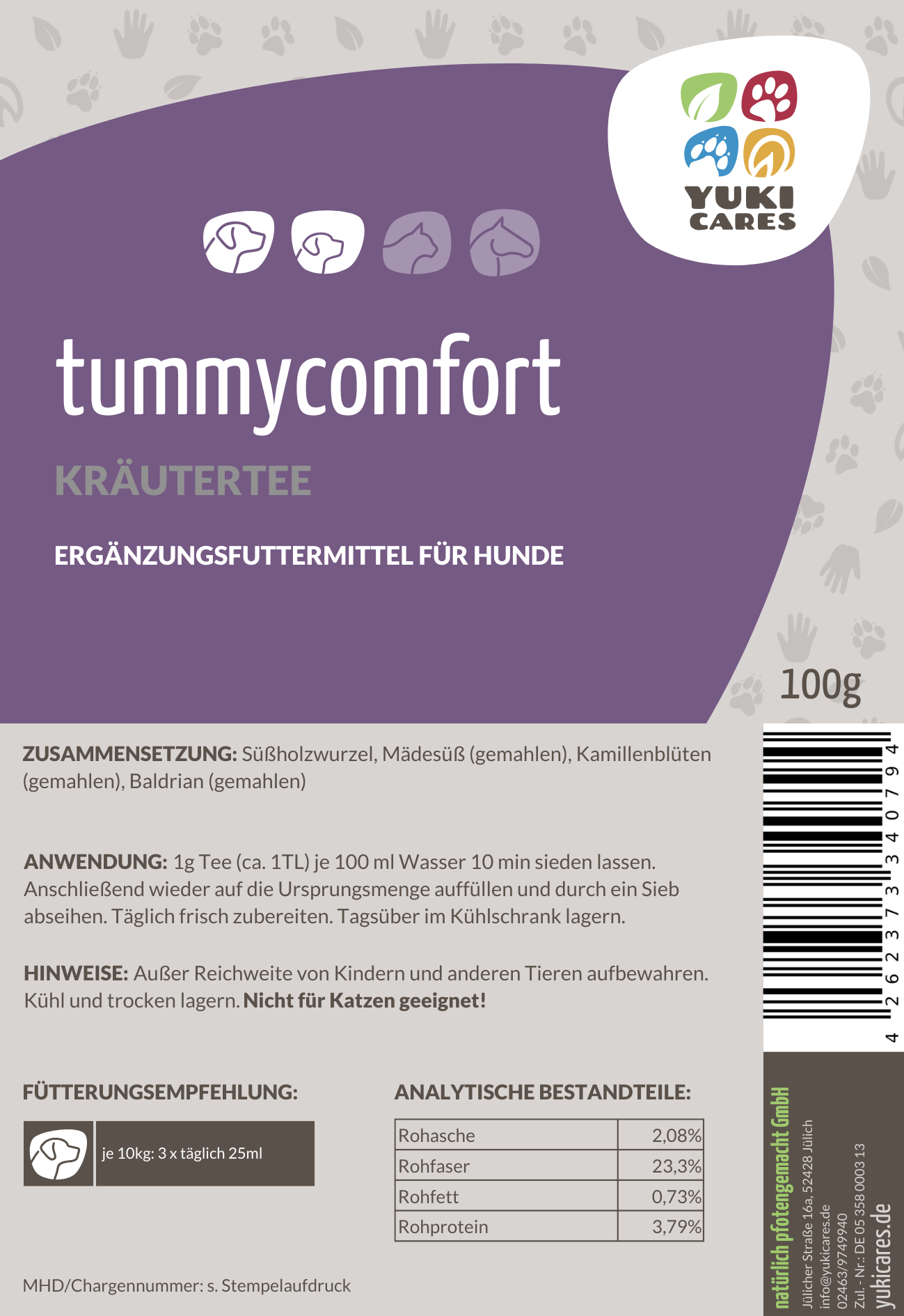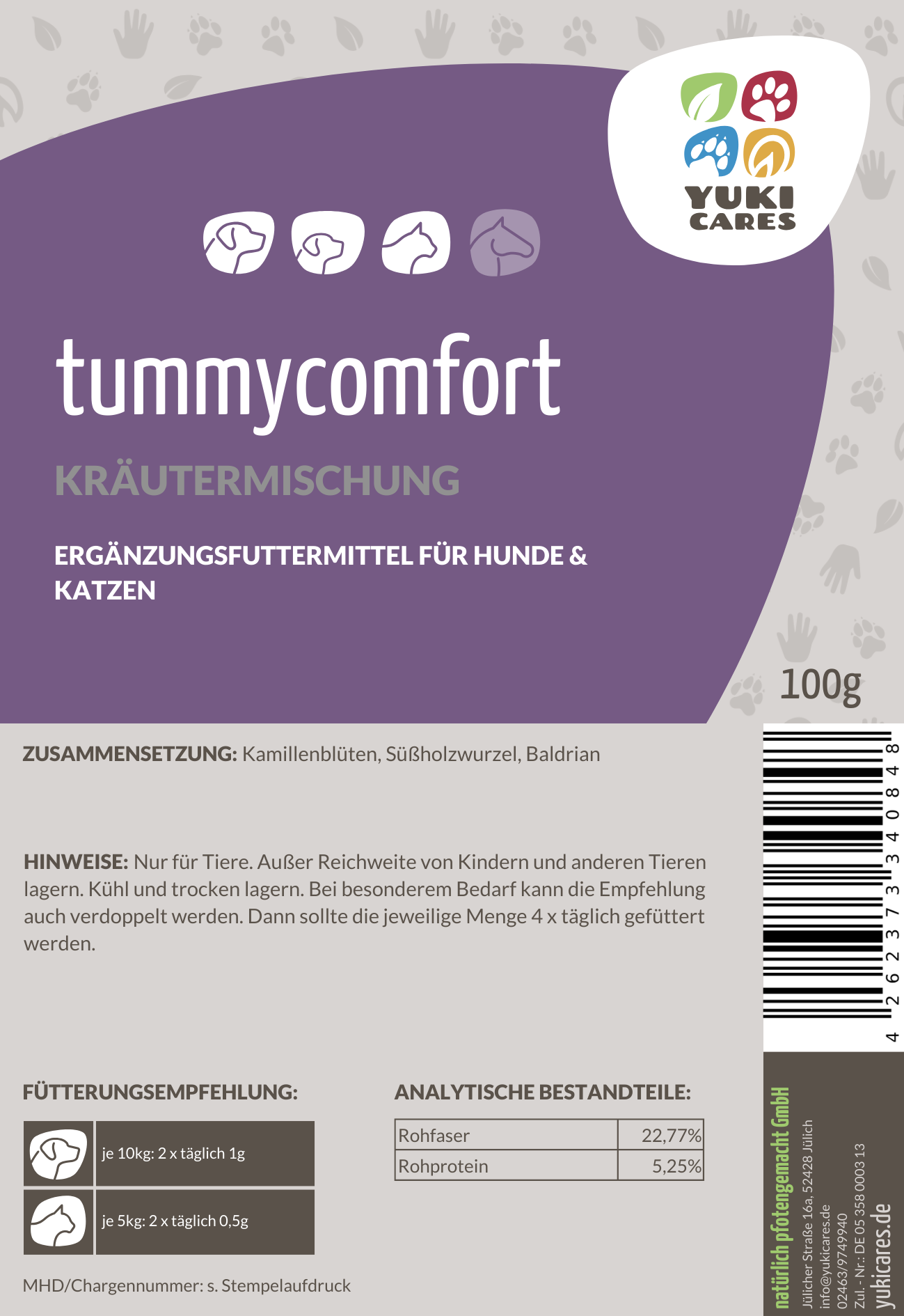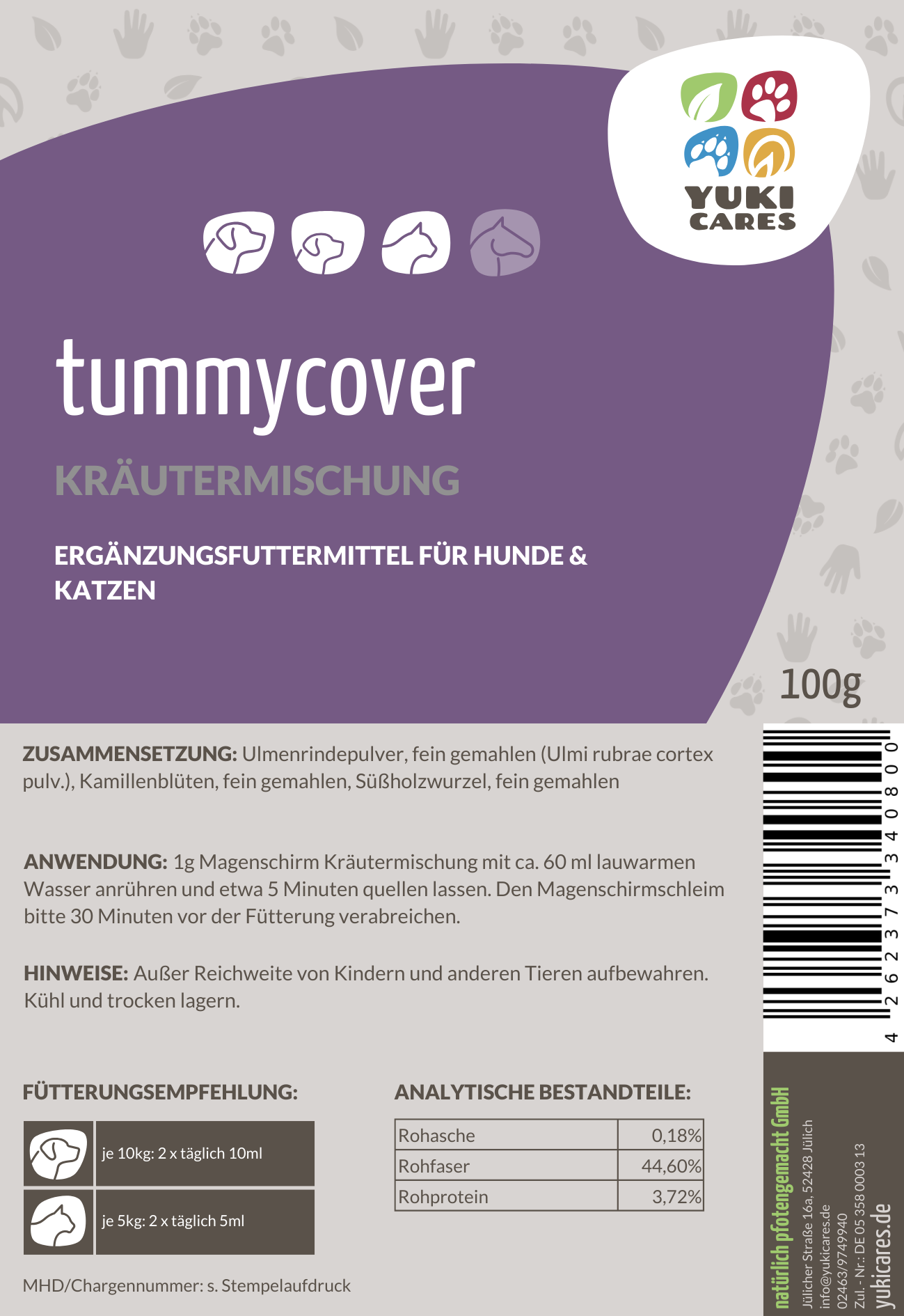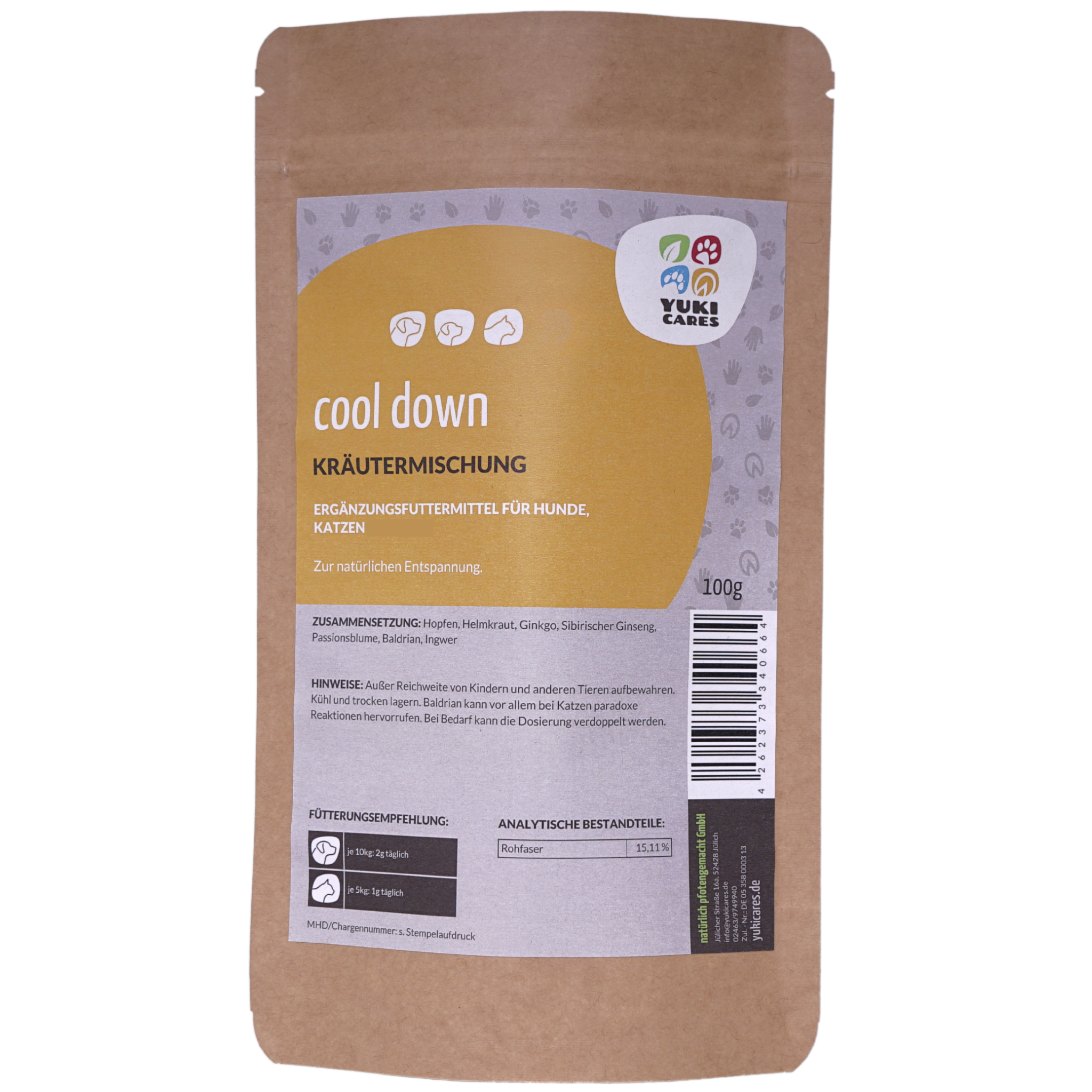 THE Corona virus
THE Corona virusCorona in dogs
Corona in cats
Corona in horses
Corona in other animals
Home quarantine – what does this mean for us?
Curfew – What does this mean for us?
Seeing the Corona crisis as an opportunity
We've all already clearly felt the impact the coronavirus has had on us, our work, and our everyday lives. Events have been canceled, clubs are closing their doors, and many of you are working from home or even being furloughed from your home on short-time work.
The crisis is also having a significant impact on us personally. Online orders have already dropped significantly since the beginning of the week. We attribute this to the fact that you, too, don't know what your financial future will be. The trade fairs for April and October have been canceled. Whether the Hund und Katz (Hund and Katz) trade fair will take place in Dortmund in June is still up in the air. Therefore, we cannot yet begin special production as originally planned. And the further development of Yuki cares is currently on hold for a while.
Christina spends her free time caring for autistic children and adolescents to give their families some space and time for themselves—everything has been canceled. Many of these patients are at risk; the risk is simply too great.
I'm also clearly noticing the crisis in my practice. Currently, there are no more in-person appointments for animals. Patient care is now being provided via WhatsApp, email, or phone whenever possible. Overall, revenue has plummeted here as well.
All in all, it's not a pleasant situation for any of us, but there's nothing we can do about it. It affects us all, and we all have to pull together so that our emergency services, nurses, and doctors can provide optimal care to all patients (especially those who aren't COVID-19 patients). So #flattenthecurve and #stayathome !
We're receiving a lot of questions, and there's a lot of uncertainty about what the coronavirus means for our animals and what we're still allowed to do in different situations. Therefore, we've summarized all the relevant information for you here. Given the rapid changes we're currently making, we're striving to keep this article up to date. So if you have any new questions, please check back, and if they haven't been answered yet, please post them in the comments!
THE Coronavirus
 There is no such thing as THE coronavirus. Just as not all Scholzes are one and the same person. My Scholz family alone has 10 close members, and just like coronaviruses, we sometimes resemble each other more or less in appearance. That's where they get their name from. "Corona" means wreath or crown in Latin. Do you remember the total solar eclipse on August 11, 1999, a millennium event, fittingly for the turn of the millennium? Back then, everyone was told not to look at the corona, the halo of sunlight around the moon, because it could cause blindness.
There is no such thing as THE coronavirus. Just as not all Scholzes are one and the same person. My Scholz family alone has 10 close members, and just like coronaviruses, we sometimes resemble each other more or less in appearance. That's where they get their name from. "Corona" means wreath or crown in Latin. Do you remember the total solar eclipse on August 11, 1999, a millennium event, fittingly for the turn of the millennium? Back then, everyone was told not to look at the corona, the halo of sunlight around the moon, because it could cause blindness.
When viewed under an electron microscope, the projections on the spherical shells of the viruses resemble a halo of rays, similar to the sun's corona.
There are seven different coronaviruses that can make humans sick. These include four common cold viruses (the human coronaviruses: HCoV-HKU1, HCoV-NL63, HCoV-OC43, and HCoV-229E), which we've all had at some point, as well as the viruses that cause SARS (SARS-CoV-1), MERS (MERS-CoV), and COVID-19 (SARS-CoV-2), as we currently have. All viruses cause respiratory illnesses in humans, with varying degrees of severity.
SARS-CoV-2, like most human coronaviruses, is not transmissible to dogs, chickens, pigs, ducks, and horses and is unlikely to cause disease. Although two dogs were found to be contaminated with SARS-CoV-2, it is unlikely that the virus would be sufficient to cause infection, as the viruses increasingly die without having achieved their goal in the wrong host.
It has now been reported that a cat in Belgium likely contracted SARS-CoV-2 from its owner. Unlike the contaminated dogs, the cat showed symptoms of respiratory and digestive diseases. It is not conclusively proven that the symptoms were caused by a SARS-CoV-2 infection or whether another underlying illness was present. What is certain, however, is that the cat was contaminated by its infected owner; transmission from cat to human is considered highly unlikely at this time.
Recent studies show that under laboratory conditions, the viruses multiply in the nasopharyngeal mucosa of cats and can be transmitted from cat to cat, but do not appear to infect other organs. Unlike in humans, where they invade the lungs. However, transmission between cats is significantly more difficult than between humans, and transmission to humans remains unlikely due to the low viral load.
Update:
Meanwhile, large and small cats have been infected with SARS-CoV-2 from humans, as have animals belonging to the ferret family. They exhibit symptoms similar to those of a common cold. Transmission back to humans is considered unlikely. But if you test positive, avoid cuddling your pets so closely and spare them the cold.
Dogs also seem to be able to become infected, but do not develop disease.
Corona in dogs
 Canine coronavirus (CCoV) was first discovered in guard dogs in Germany in 1971 and causes intestinal disease in dogs. Symptoms are usually very mild, or the dog may not show any symptoms at all, such as diarrhea or vomiting. However, infection with coronaviruses makes dogs more susceptible to parvovirus infection, which triggers a potentially fatal diarrheal disease in young and/or weakened dogs. The virus has a high mutation rate, allowing it to adapt quickly; this is thought to be the cause of occasional severe cases of pure CCoV infection in dogs.
Canine coronavirus (CCoV) was first discovered in guard dogs in Germany in 1971 and causes intestinal disease in dogs. Symptoms are usually very mild, or the dog may not show any symptoms at all, such as diarrhea or vomiting. However, infection with coronaviruses makes dogs more susceptible to parvovirus infection, which triggers a potentially fatal diarrheal disease in young and/or weakened dogs. The virus has a high mutation rate, allowing it to adapt quickly; this is thought to be the cause of occasional severe cases of pure CCoV infection in dogs.
The incubation period is three days and the animals become infected through infected feces, which are excreted 9 days to 6 months after infection.
It is possible to vaccinate against CCoV, but this vaccination is usually only carried out in risk groups (weakened puppies, animals with a high risk of infection).
Canine respiratory coronavirus (CRCoV) causes lung problems in dogs. Because the virus was only discovered in 2003 and does not play a major role in veterinary practice, it has not yet been described in detail.
Corona in cats
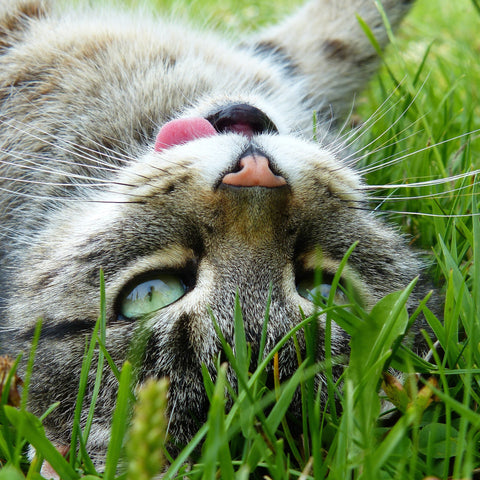 The feline coronavirus (FCoV) refers to two different virulent forms of the same virus.
The feline coronavirus (FCoV) refers to two different virulent forms of the same virus.
Feline enteric coronavirus (FECV) causes a mild intestinal infection with or without symptoms. It usually affects kittens with a weakened immune system; this infection is common worldwide.
If FECV mutates into FIPV (feline infectious peritonitis virus), it triggers FIP, an infectious peritonitis and/or pleurisy in cats.
In about 5-10% of cats that test positive for FCoV (in which case an FECV infection is present), FIP breaks out because the virus mutates.
There are two forms of FIP: dry and wet.
In the wet form, the mucous membranes of the abdominal and pleura become inflamed, and serum leaks into the body cavities. This causes the cat to develop a bulging abdomen or difficulty breathing.
In the dry form, larger nodules form on the affected mucous membranes, eyes, organs, skin, and brain. This leads to secondary symptoms such as jaundice, eye diseases, or neurological symptoms.
The cats develop high, treatment-resistant fever and the disease is always fatal.
The incubation period is presumably four months, with virus excretion beginning as early as the second day after infection. Infection occurs through contact with infected body fluids, such as mouth-to-nose contact. The virus remains infectious on surfaces for up to a week, and humans can also serve as carriers. However, puppies are often infected via their mothers before birth. For this reason, efforts are being made to establish and establish FCoV-negative breeding programs.
Corona in horses
 The equine coronavirus (ECoV-NC99) causes gastrointestinal problems such as colic, diarrhea, loose stools, and loss of appetite in some horses. Horses also usually have a fever.
The equine coronavirus (ECoV-NC99) causes gastrointestinal problems such as colic, diarrhea, loose stools, and loss of appetite in some horses. Horses also usually have a fever.
Here, too, infection occurs through infected feces, of which a horse with diarrhea expels 80-90 liters per day. Therefore, infected animals should be isolated whenever possible, and excellent stable and pasture hygiene should be maintained to reduce the risk of infection.
Corona in other animals
The SARS-CoV-1 virus, which caused SARS (severe acute respiratory syndrome) in 2002, likely originated from Chinese civets, which were eaten as a delicacy there. However, bats can also transmit SARS-CoV-1 without becoming ill themselves.
The MERS-CoV-1 virus that caused MERS (Middle East Respiratory Syndrome) in 2012 also likely originated in bats, which then infect dromedaries as intermediate hosts, from which humans can become infected. Human-to-human transmission is likely to be difficult. In countries where people live closely with dromedaries, MERS remains a current issue today.
And finally, SARS-CoV-2, which causes COVID-19 (coronavirus disease 2019). Here, too, a bat species is suspected to be the original carrier of the virus, although this, too, is being questioned. The fact is: nothing is certain, and we still know too little.
In general, there are coronaviruses that specialize in very different hosts. The bovine coronavirus (BCoV), for example, also causes intestinal inflammation or pneumonia in cattle.
Most viruses in this family are host-specific. However, some members are highly adaptable and can mutate rapidly. Through their adaptation, they can invade other hosts and cause disease, as has happened with SARS, MERS, and COVID-19.
Home quarantine – what does this mean for my dog, my horse and me?
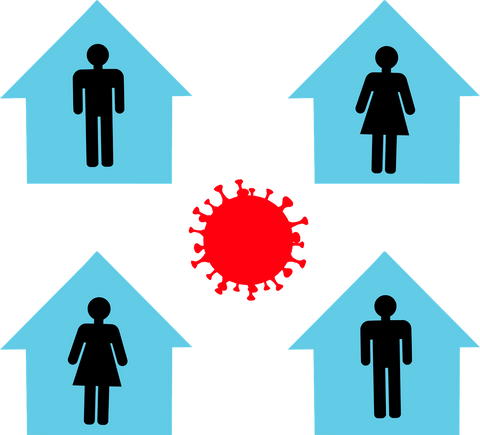 If you are in home quarantine, you are no longer allowed to leave your house or apartment. You can take your dog into the garden or onto the balcony, but you are no longer allowed to receive visitors. This means that visits to your dog's physiotherapist or veterinary practitioner for your dog or cat are also canceled. However, you can let your cat out as usual as an outdoor cat.
If you are in home quarantine, you are no longer allowed to leave your house or apartment. You can take your dog into the garden or onto the balcony, but you are no longer allowed to receive visitors. This means that visits to your dog's physiotherapist or veterinary practitioner for your dog or cat are also canceled. However, you can let your cat out as usual as an outdoor cat.
You are also not allowed to leave your home to walk your dog. You should arrange for someone to do this for you—either from your family, friends, or acquaintances, or a professional dog-walking service. SARS-CoV-2 has been found in dogs; these dogs were presumably only contaminated by their owners. However, it is unknown to what extent they can transmit this contamination to another person, who could then become infected. Therefore, your dog walker should maintain strict hygiene and avoid dog kisses if you are SARS-CoV-2 positive.
You are not allowed to drive to your horse if it is parked away from your house. Here, too, you will have to organize its care for the 14 days differently.
If you do not follow these rules you are committing a criminal offense and may be punished with fines or imprisonment.
Curfew – What does this mean for my pet and me?
 If we fail to maintain and enforce social distancing voluntarily, it will likely have to be dictated from above to slow the spread of the virus and avoid massively overwhelming our hospitals. In that case, you'll only be allowed to leave your home to work, go shopping, see a doctor, exercise alone outside, or care for your pets.
If we fail to maintain and enforce social distancing voluntarily, it will likely have to be dictated from above to slow the spread of the virus and avoid massively overwhelming our hospitals. In that case, you'll only be allowed to leave your home to work, go shopping, see a doctor, exercise alone outside, or care for your pets.
This includes caring for your horse in the stable, observing social distancing and hygiene rules, as well as walking the dog or, for beekeepers, tending their hives. You must prove that you have a valid reason to leave your home. Especially for walking the dog, this means only going alone (with people from your household at most) and only doing short walks to do essentials.
Veterinarians will remain open (for emergencies) for the time being.
Seeing the Corona crisis as an opportunity
YES, the crisis is frightening. For us, it's primarily economic fear. For many people in the risk group—and that includes not just the elderly and vulnerable, but also many young people with pre-existing conditions (not always visible from the outside)—the fear goes much deeper. They fear for their lives. Against this backdrop, it's even more incomprehensible why, in a country where we have access to everything at any time, we're hoarding toilet paper as if it were the most important thing in the world, and why people are gathering in parks.
Stay calm and collected and inform yourself, because knowledge takes away fear.
Our futures are currently hanging in the air, and our daily lives have been slowed down to a pace most of us are no longer familiar with, which is precisely why it's frightening. Suddenly, we have time to catch our breath, time for ourselves, time for our loved ones, and time to reflect on what's important in life.
This slowing down is good for us. And this slowing down is damn good for our Mother Earth!
 We are a company committed to sustainability. And what could be more beautiful than seeing how quickly Mother Nature can recover? In Venice, the water is so clear again after just 14 days that you can see fish. In Trieste, the dolphins are swimming along the coast again after just 14 days, wondering what's suddenly happening here. And in China, there are children who are seeing a blue sky for the first time in their lives.
We are a company committed to sustainability. And what could be more beautiful than seeing how quickly Mother Nature can recover? In Venice, the water is so clear again after just 14 days that you can see fish. In Trieste, the dolphins are swimming along the coast again after just 14 days, wondering what's suddenly happening here. And in China, there are children who are seeing a blue sky for the first time in their lives.
Isn't that beautiful?
And it shows us that it's not too late if we radically change course now and develop viable alternatives to our current way of life. The fact that Mother Nature had to send us a virus that can kill us within a few weeks just shows once again how good humans are at denial.
I hope that we will continue on this path even after the crisis and, for a change, adapt our lives to our living environment.
Stay healthy and stay home!
What do you think about it? Let us know in the comments!
PS: While searching for fresh disinfectant for the practice, I discovered that it's really hard to come by. That's why we're currently working on implementing the WHO recipes. The ingredients were also hard to come by, but we managed it! You can find the ready-made disinfectant spray at cost price here in the shop.
PPS: We've been thinking about how we can help you further. For parents, we've put together a DIY kit for your children to combat boredom in an exciting way and maybe even learn something new. You can find the kit here in the shop , where there's also a video so you can judge for yourself whether it's suitable for your child.
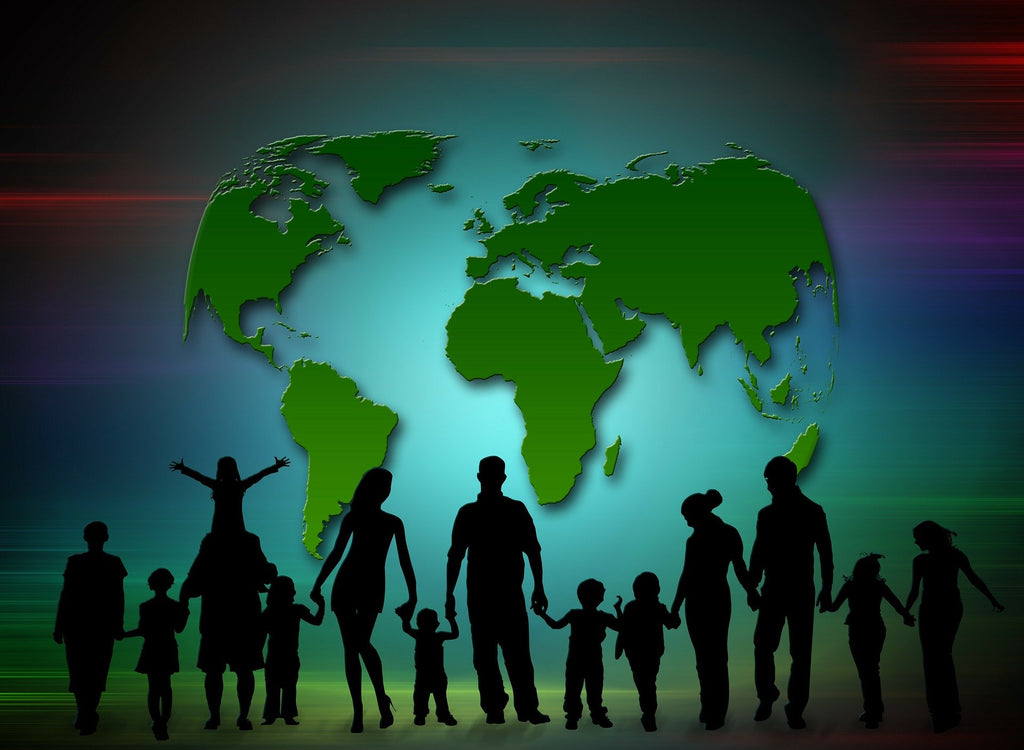
Text by Katrin Scholz
Photos by Pixabay
